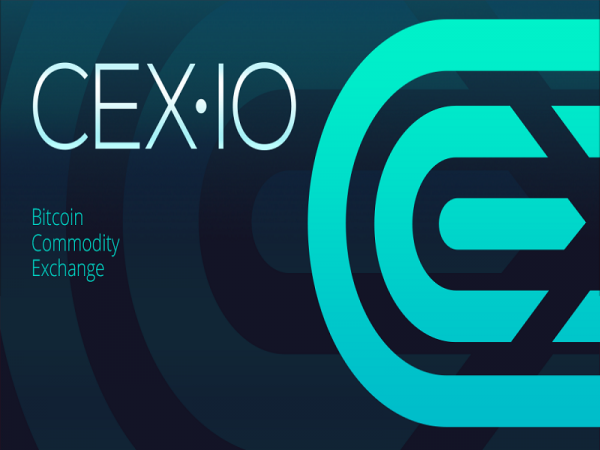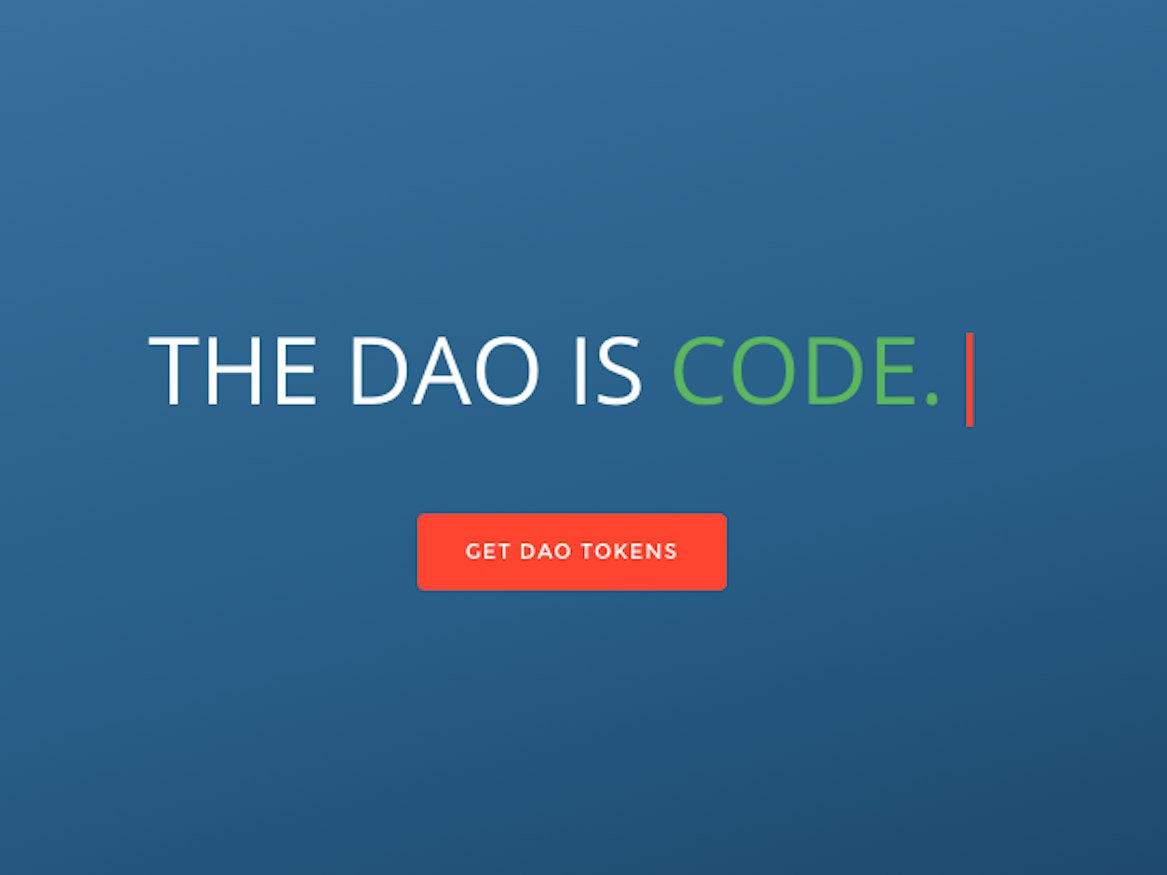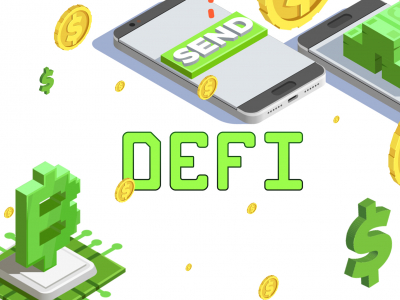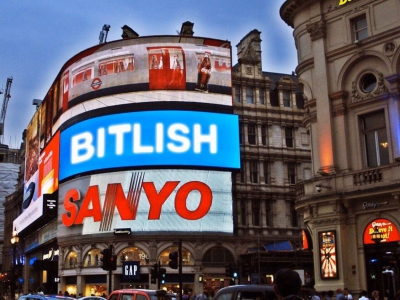As the number of partners within Azure Blockchain-as-a-Service is constantly growing, CoinFox reviews the history of the project considered to be the first to create blockchain test environment.
The unique move
In autumn 2015, during the first Ethereum Developer Conference, director of technology strategy for financial services at Microsoft Marley Gray announced the company’s partnership with a then-little known Brooklyn Ethereum applications' provider ConsenSys. The decision came up as a response to the interest expressed by the corporation’s clients throughout the summer. Together the companies created a relatively safe environment to let startups and market leaders develop and test their blockchains.
The move was one of a kind. “Fail fast and cheap,” said Gray, which sounded like a motto. Paradoxically, the call to “fail” seemed attractive for many companies that joined the project afterwards. The idea standing behind was simple: BaaS as a way to give it a try. At a low cost you get access to a sandbox – a “playground” where one can test a blockchain and see how it works. If the experiment fails, the costs for you are not so great, and you get valuable feedback. Moreover, creating a blockchain within the program is so simple that it is supposed to take just 20 minutes, even for inexperienced players, claimed Gray boldly.
Other important players in the IT field didn’t offer anything of that kind at the moment, and, in fact, they still do not. For instance, Hyperledger, a blockchain development project launched by Lynux Foundation, is supposed to produce something different: a global standard for business blockchains. IBM has its large prospering blockchain branch which offers blockchain solutions for business. But IBM Blockchain is rather an active participant in the real blockchain-for-business market than a neutral platform for others to test their developments. Apple, Microsoft’s long-term rival, does offer several blockchain apps but seems to be interested in the technology far less than its competitor. As BlockApps CEO Victor Wong put it, Microsoft “kind of missed mobile a little bit” (with Apple presumably taking the lead), so perhaps the corporation’s move for blockchain is an attempt to regain the leading position in the IT innovation sector.
The innovative trend seems clear when we see which aspect of blockchain Microsoft has chosen. Still keen on bitcoin (Microsoft Store accepts the digital currency, and the recently issued roadmap for Microsoft Office 365 shows that the next version of Excel is going to be bitcoin-friendly), the corporation has picked a brand believed by some to be bitcoin 2.0: Ethereum.
Developing the ecosystem
Ethereum fits Azure’s ideology like a glove. Ethereum is a platform that is specifically designed to make it possible for users to create their own permissioned blockchains (that is, blockchains with various degrees of accessibility). Microsoft Azure positions itself as a cloud platform specifically designed for developers to create their own apps with the wide range of tools the company provides. So no surprise that Marley Gray reacted promptly when ConsenSys (aka Consensus Systems) offered the IT giant a partnership.
The flagship offering included BlockApps Strato and Ether.Camp. The former is “a full-stack solution for creating your own private or consortium (semi-private) blockchains based on Ethereum standards,” as the startup’s website puts it. The latter is “a blockchain explorer and a web-based IDE” (integrated development environment) that allows navigating transactions on an Ethereum blockchain. Together the applications make it possible to fully create and run an Ethereum blockchain app.
Thus, the task Microsoft had to fulfill was to create an environment that could bring these products to the customer. The ecosystem of Ethereum seemed “daunting” at first, admitted Gray. Indeed, the Frontier version of Ethereum that was relevant at that time explicitly stated that it didn’t guarantee safety (although offering freedom for experiment and innovation – just like a proper frontier should do). So Microsoft did what was necessary to attract customers. It reduced the risks.
“The tools were rough, it's not enterprise grade. It was hard to attract people and to scale, to be able to work with it. So we set out upon making it easier for our enterprise customers to do development testing on blockchain based applications very rapidly without costing a fortune. So they could do innovative work without risking anything,” Gray said.
Since then Gray has uploaded seven BaaS updates in the corporate blog, announcing partnership with several companies including (in order of appearance) Ripple, Eris, CoinPrism, Factom, Emercoin, BitPay, Manifold Technology, LibraTax, MultiChain, Netki, AlphaPoint, IOTA, Augur, Lisk, BitShares, Syscoin, Slock.it, Algorythmix, Expanse, Influx, Monero, Radium and Tendermint. All these companies provide blockchain-related services (or sometimes even offer an alternative for blockchain, like IOTA’s Tangle distributed ledger), specializing in digital assets, Internet of Things, bitcoin payment, altcoins and other fields that imply blockchain. Azure interconnects them, providing the opportunity of “trying before buying”.
What’s the goal?
Azure sees itself as a world-scale marketplace for blockchain services. Decentralization is very good for cutting edge development, agrees Gray, but a common cloud environment might prove useful for everyone. There are various issues to be addressed by developers and to be considered by businesses, including security and legislation. The Cloud is the proper environment to check them, which makes Azure exactly the place to provide such an environment.
A blockchain built within Azure needn’t run within it, claims Gray. It can simply be connected to Azure but work independently. Thus, outside the system an Azure blockchain can be used for a risk service, while the general environment remains safe.
The number of offerings made by the company’s partners is growing. In order to provide newcomers an easy start, Azure has made a BaaS Marketplace Template which automatically provides a new lab with the most popular settings and offers a library of applications issued by Azure’s partners. Thus, the general trend is to marry simplicity and diversity. In the limit, every user can easily create their own “lab”, getting all the general settings automatically, but still retaining room for customization that will make their blockchain unique.
Andrew Levich

















